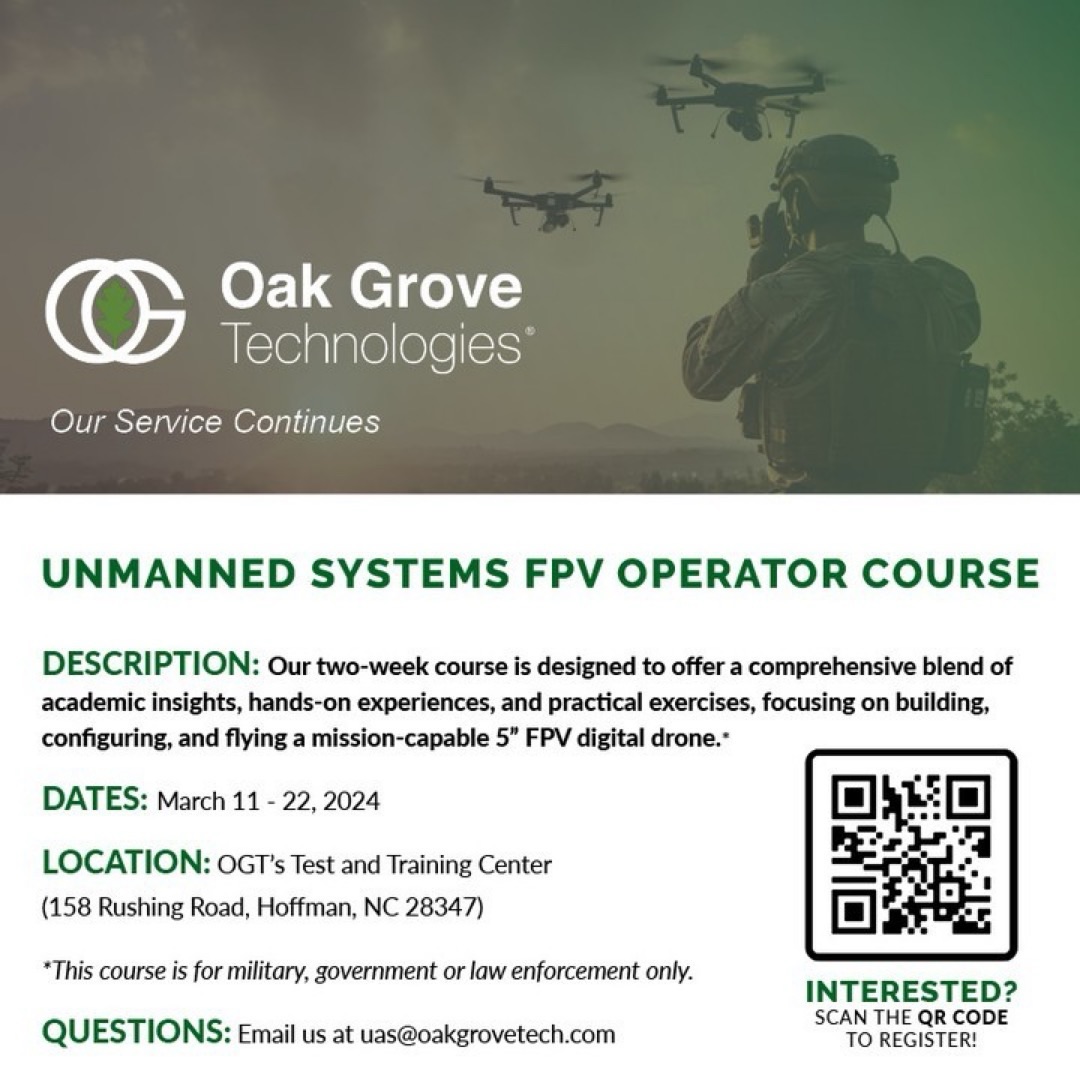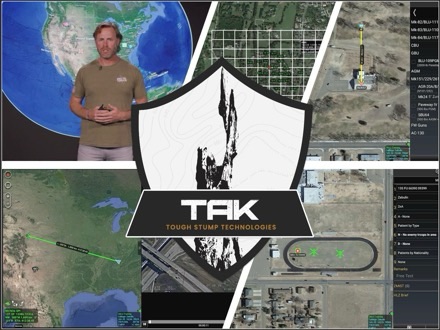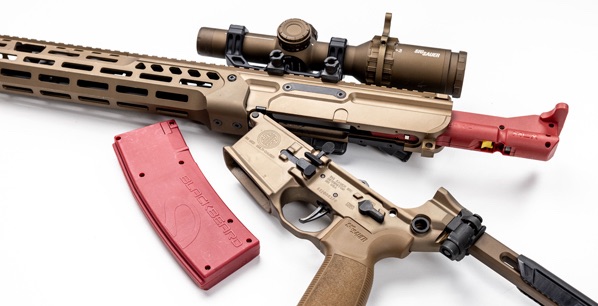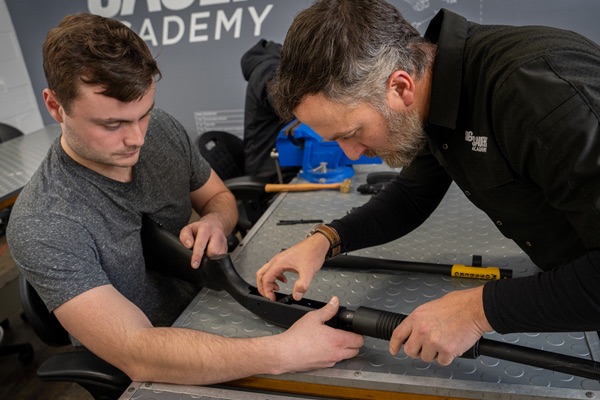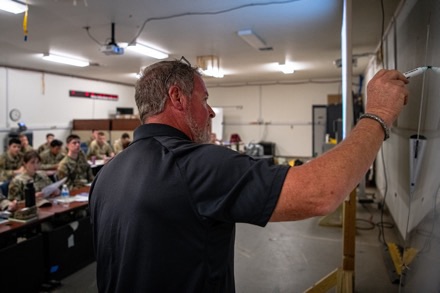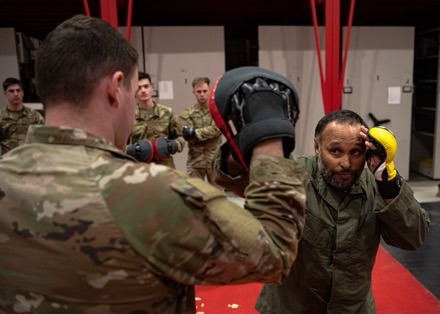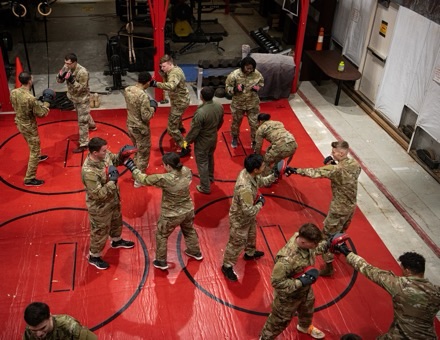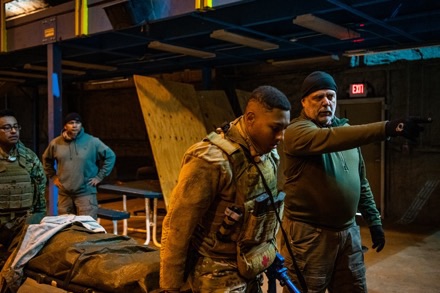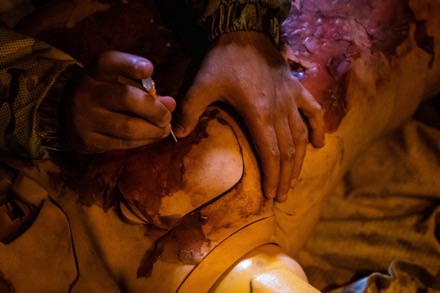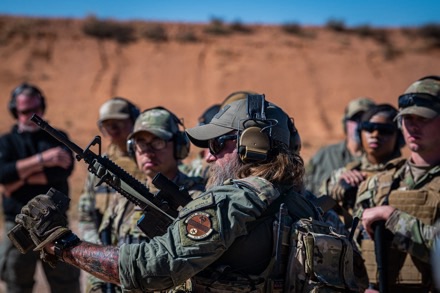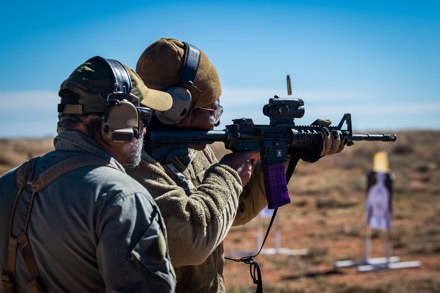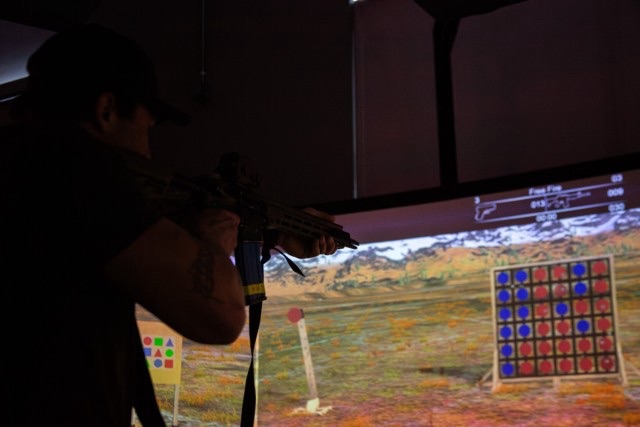
FORT CARSON, Co. — Members of the special forces community are utilizing training software that employs, to some degree, artificial intelligence. Operators with 10th Special Forces Group (Airborne) completed multiple iterations of VirTra simulation training at the Human Performance Training Center on the 10th SFG (A) Complex, Feb. 2, 2024.
Applicable for both law enforcement and military, the VirTra simulator is a program featuring technology that can present different scenarios to its users which helps sharpen shooting skills. The program is fully customizable, helping individuals prepare for real-life incidents, while also providing accurate ballistics and military weapons qualification courses.
10th SFG’s (A) cognitive performance specialist, Jake Blumberg, oversaw the training iterations that were conducted in the HPTC. Blumberg described the structure of the training and designed it to be as realistic and similar to combat as possible, explaining that the Green Berets were guided through a series of exercises to spike their heart rate before executing shooting scenarios.
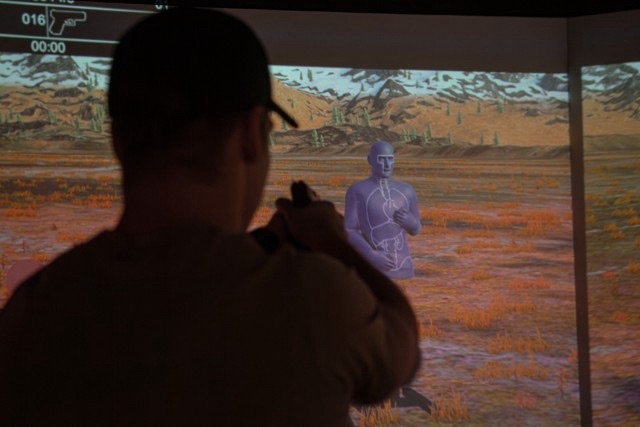
“This allows us to pair marksmanship with a variety of different training environments where they are coupled with a strength coach to simulate physical stress,” said Blumberg. “[Operators] are then able to create a variety of different ranges and targets to really hone their craft.”
Blumberg mentioned that 10th SFG(A) is the only Special Forces Group in the U.S. Army that has full-time access to this sort of technology and to think of the VirTra simulator as a more advanced version of the U.S. Army’s already well-known Engagement Skills Trainer.
“This [technology] provides what the EST can in terms of weapons qualification and flat range practice,” Blumberg remarked. “But VirTra also incorporates different types of drills, from reaction drills to threat-not-threat scenarios.”
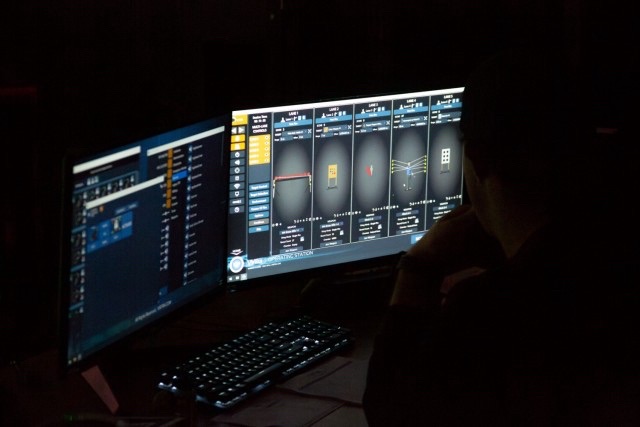
The different scenario options that VirTra features include active threat, hostage situation, threat recognition and high-risk entry. Through these scenarios, the VirTra simulator is actively analyzing the decisions that its users make and then adjusting what happens in the program based on those decisions.
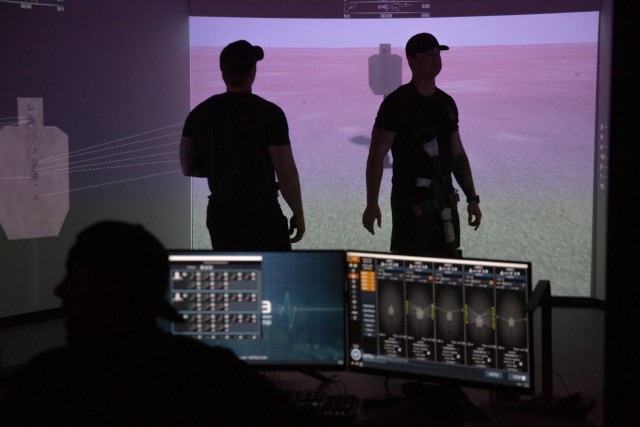
Several Green Berets were afforded the opportunity to this unique training and one team captain commented that it gives him and his Soldiers unlimited opportunities to practice the fundamentals and increase their personal shooting skills, since using the simulator doesn’t use any live ammunition.
Since this technology is local to 10th SFG (A), this allows the operators to hone their craft at any time of the day and not spend time reserving ranges or acquiring other supplies.
“Everything comes down to increasing lethality, so the more triggers we pull in the correct manner, that’s what we want,” said the team captain. “Practice makes permanent — ultimately we want to be training the fundamentals all the time and this is another venue for guys to pull their personal weapon and become better at the basics.”
By SGT David Cordova


